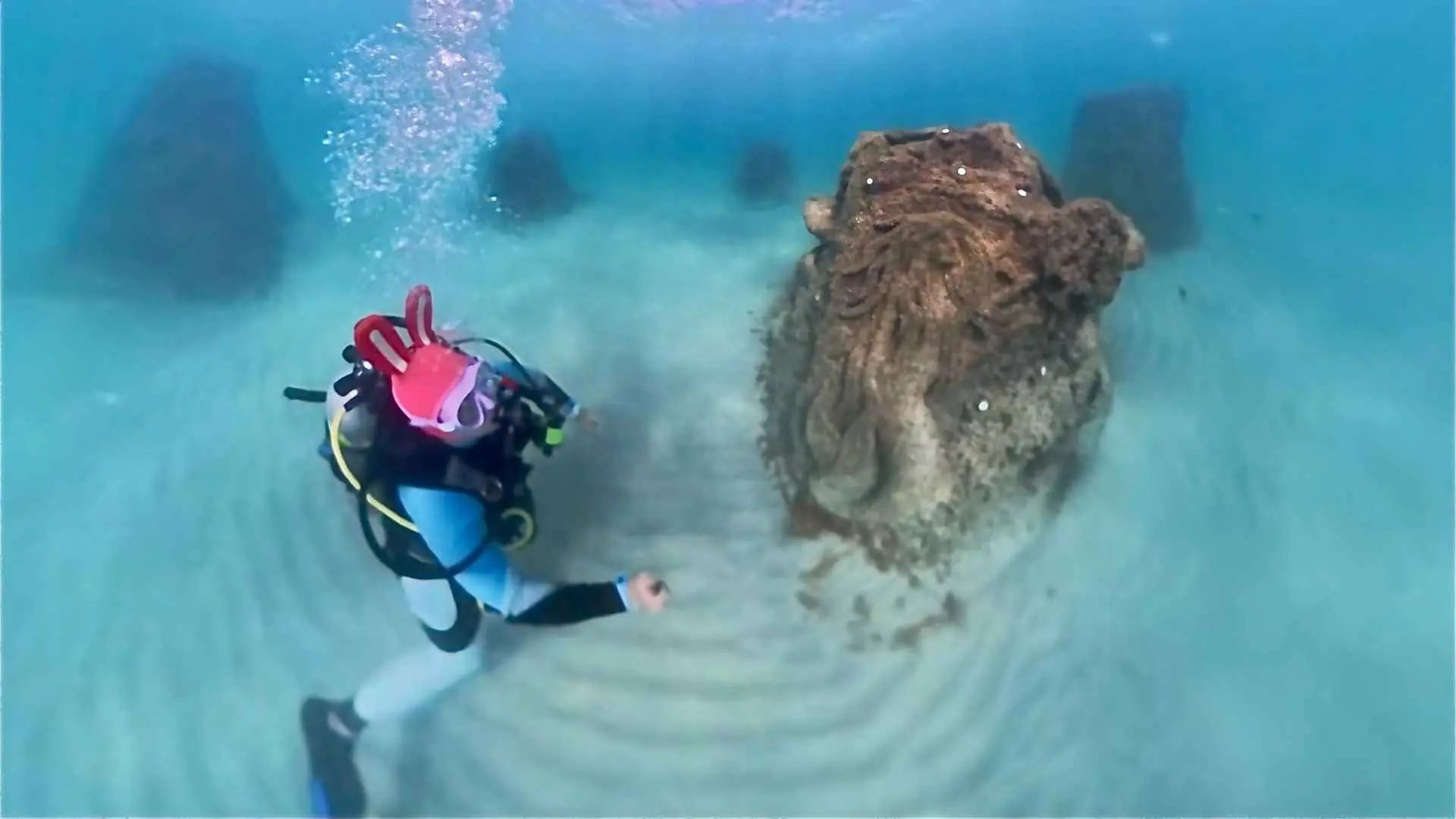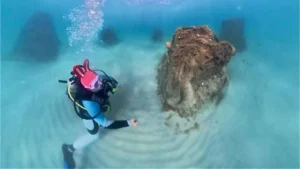Just off the sandy stretch of Hollywood Beach, Florida, a new chapter for marine life is quietly unfolding. Recent deployments of near shore reef structures by Ocean Rescue Alliance—a nonprofit dedicated to marine conservation—are transforming the waters near Hollywood into living laboratories and attractions for eco-minded visitors.
One such site is located directly offshore from North Beach Park at 26°02’31.7″N 80°06’41.0″W. This isn’t simply an artificial reef. It’s a carefully planned habitat featuring sculptural modules that encourage coral growth, shelter small fish, and support the broader ocean ecosystem.
But while the underwater structures themselves are impressive, what happens above water—through thoughtful local outreach and digital marketing—can determine how successful projects like these ultimately become.
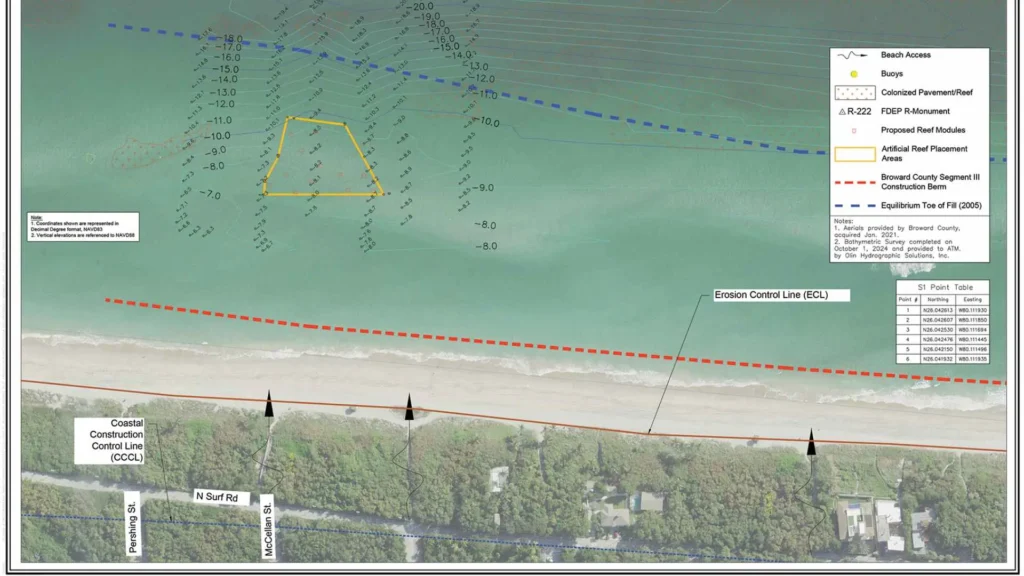
The Role of Organizations Like Ocean Rescue Alliance
Ocean Rescue Alliance, through their “Guardians of the Reef” initiative, designs reef installations that blend art with environmental function. Their mission is broad: restoring marine habitats, engaging the public, and driving scientific monitoring.
Yet like many nonprofits, their resources are often divided among multiple projects—grant writing, scientific research, volunteer management, and education. It means that marketing efforts, such as local SEO, social media strategy, or even simply getting sites properly listed on Google Maps, may not always receive top priority.
A Simple but Powerful First Step: Local Listings
Take this reef site near North Beach Park. We recently volunteered time to ensure it was listed on Google Maps. Why does this matter?
- Visitors planning snorkeling trips frequently search online for reef locations. A verified Google pin makes the difference between knowing where to dive — or not visiting at all.
- Proper listings also help direct traffic safely, guiding people to use dive flags and mushroom anchors instead of tying lines directly to fragile buoys or reef structures.
The next logical step for any nonprofit managing such installations is to claim the business profile on Google. This allows them to:
- Post accurate hours and updates about reef conditions or new modules.
- Add photos and underwater video tours.
- Respond to visitor reviews or answer common questions.
These simple actions significantly improve visibility and control over how a site is perceived online.
Why Nonprofit Marketing Isn’t All About Paid Ads
For nonprofits like Ocean Rescue Alliance, marketing often conjures images of expensive ad campaigns. But effective local marketing is rarely only about paid tactics.
In fact, there are several high-impact, largely organic strategies that nonprofits can implement:
- Regular social media storytelling.
Posting progress videos, volunteer spotlights, or species updates from reef sites builds engagement and encourages sharing, amplifying reach far beyond direct followers. - Maintaining an informative website.
A well-organized website serves as a central hub where visitors can learn about reef locations, best practices for snorkeling or diving, upcoming events, and how to donate or volunteer. - Leveraging local SEO tools.
Platforms like Search Atlas can help identify keyword opportunities (for example, “Hollywood FL snorkeling sites” or “reef restoration Florida”) and optimize on-page content. We have an [affiliate link here], but as with any tool, it’s important to test thoroughly to ensure it meets the project’s needs.
Using YouTube to showcase work.
Short underwater tours, project walkthroughs, or interviews with marine biologists perform exceptionally well in search results. Videos not only attract potential volunteers and donors, they build trust by transparently showing the nonprofit’s impact.
Building Local Partnerships and Awareness
These reef sites are more than just ecological wins—they’re new assets for local tourism. Dive shops, snorkel charters, beachfront hotels, and even restaurants all stand to benefit from increased eco-tourism tied to healthy local reefs.
Smart nonprofits and small businesses alike can collaborate:
- Dive shops can offer tours that highlight these new reefs and promote the nonprofit’s mission.
- Hotels can feature reef education materials or recommend snorkeling excursions to guests.
Local publications and blogs can cover the reef launches, creating valuable backlinks that boost SEO for everyone involved.
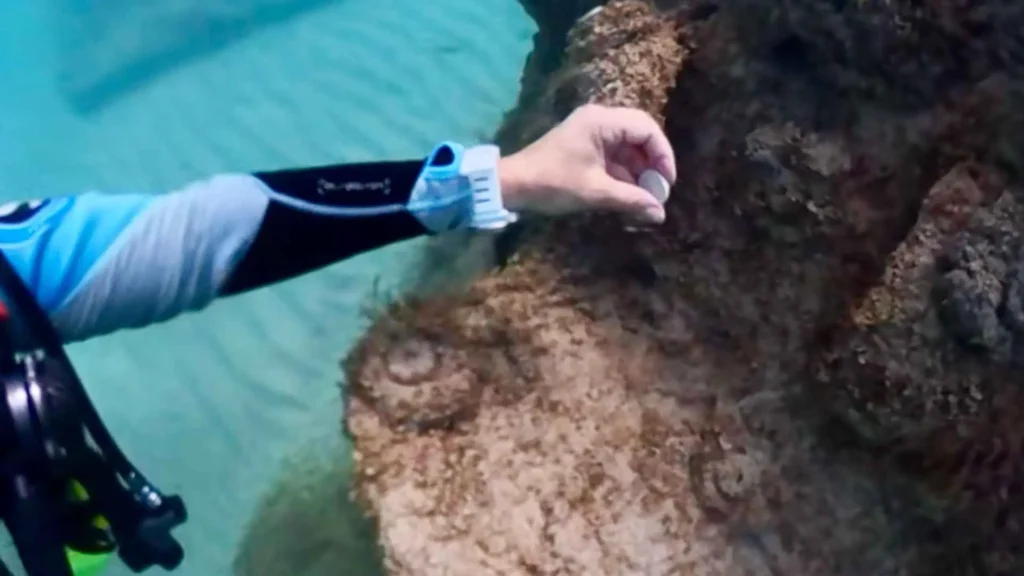
Turning Awareness Into Impact
These projects represent more than a collection of underwater sculptures. They’re living proof that local initiatives can restore marine habitats, enrich communities, and stimulate small business growth.
For nonprofits like Ocean Rescue Alliance, investing time into clear digital marketing—whether that’s claiming a Google listing, posting consistent updates on social media, or producing short educational videos—ensures that these efforts are not only seen but supported.
GMB Post Snippet
Explore Hollywood’s new reef at North Beach Park.
Newly installed sculptural reef structures now support marine life just offshore from Hollywood Beach. We helped secure the Google listing so more visitors can explore responsibly. Follow along as we feature more local reef sites and stories.
How Local Businesses Can Actively Support & Benefit From Near Shore Reef Projects
New reef deployments like the one off North Beach Park are more than environmental wins; they’re powerful local economic drivers. Coastal tourism isn’t just about lying on the sand — today’s visitors increasingly look for authentic, environmentally positive experiences, from snorkeling to guided marine tours.
1. Dive Shops & Snorkel Tour Operators
Local dive shops and charter operators are perhaps the most direct beneficiaries. These businesses can integrate the new reefs into their offerings by:
- Launching “New Reef” tours that specifically highlight these sites, explaining how the structures support marine biodiversity.
- Training staff to share facts about coral recruitment and local fish species attracted to the modules, turning a simple dive into an educational experience.
- Featuring stories from nonprofits like Ocean Rescue Alliance on their own blogs and social channels, creating a community-driven narrative that strengthens everyone’s marketing.
2. Hotels & Vacation Rentals
Hotels, boutique inns, and even vacation rental hosts can participate by:
- Providing reef maps or informational handouts to guests.
- Collaborating with dive operators to offer packaged experiences that include reef snorkeling or educational tours.
- Highlighting these eco-attractions in newsletters and on their websites, positioning Hollywood as more than just another beach destination.
3. Restaurants, Cafés & Beachside Retail
These businesses might seem removed from marine conservation, but they can still connect:
- Sponsoring reef clean-up or monitoring days, getting their brand associated with sustainability.
- Hosting fundraisers or small community events that tie into reef health.
Sharing stories about local reef efforts on social media, building goodwill with both residents and visitors who care about the environment.
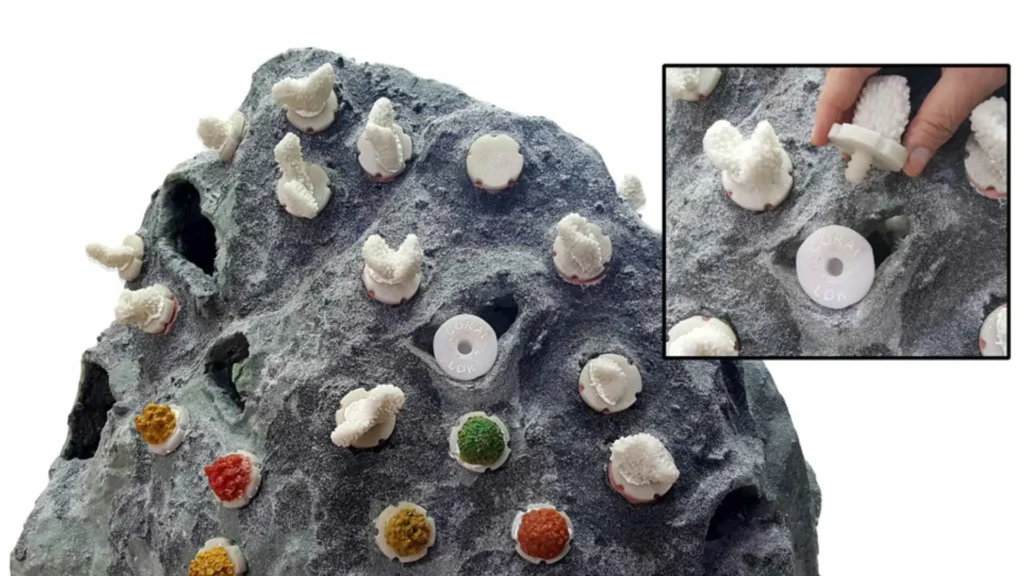
Bringing It Back to Marine Life: Why These Reefs Matter
It’s easy to focus on the economic upside, but it’s the ecological story that truly underpins everything.
The reef off North Beach Park, like the three others along Hollywood’s shoreline, was designed to:
- Provide habitat complexity, creating shelter for juvenile fish and invertebrates.
- Encourage rapid coral growth, thanks to innovative Coral Lok frag plugs embedded throughout the modules.
- Support long-term reef building, turning barren sea floor into thriving ecosystems that can stabilize over time.
Unlike traditional coral outplanting methods, where divers have to scrape reef surfaces and secure corals with epoxy or zip ties, these new reefs use Coral Lok, a patented system of screw-shaped frag plugs that twist directly into pre-installed receivers on the reef modules.
This system makes it possible to:
- Attach living coral fragments quickly and securely, dramatically reducing diver time and coral stress.
- Transport entire racks of coral already grown on Coral Lok plugs from nurseries to the reef, minimizing handling and damage.
- Deploy hundreds of corals in the time it previously took to secure just a handful, accelerating reef creation from months to days.
Coral Lok fasteners are also made from inert, calcium carbonate-rich materials that won’t corrode or harm marine life. This means that local volunteers, even with minimal training, can help establish new coral reefs off Hollywood Beach in record time, directly boosting biodiversity and supporting everything from algae-grazing fish to predatory species.
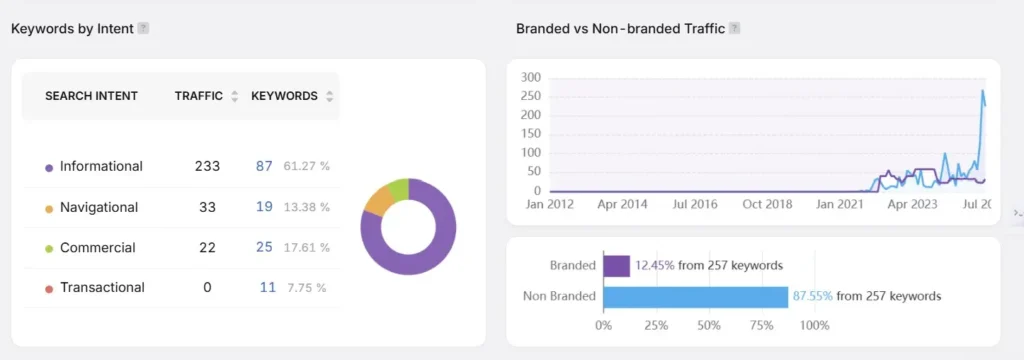
Why a Thoughtful Digital Approach Matters — Especially for Nonprofits
Many small nonprofits are experts at the science and hands-on work, but under-resourced when it comes to digital strategy. Yet a few straightforward efforts can dramatically expand their reach:
1. Websites That Build Authority
A strong website should serve multiple goals:
- Inform: Provide clear, up-to-date information on reef locations, safety tips, and volunteer opportunities.
- Inspire: Use striking imagery and short videos to show underwater life and volunteers in action.
- Convert: Make it simple to donate, sign up for email updates, or register for events.
This is also where smart SEO comes in. Optimizing pages to rank for searches like:
- “Hollywood Florida reef snorkeling”
- “volunteer marine conservation Florida”
ensures the right people discover the project — whether tourists planning trips or locals looking to get involved.
2. Local Listings and Maps
As highlighted earlier, we took the first step by getting the reef site at North Beach Park listed on Google Maps. When nonprofits claim and verify such listings, they can:
- Upload photos and underwater videos.
- Post updates on reef conditions, new deployments, or upcoming events.
- Respond to visitor questions, building credibility.
This turns a static map pin into a living, evolving resource that draws both tourists and locals.
3. Social Media that Tells Stories, Not Just Posts Updates
Social media should go beyond “event flyers” or donation appeals. Effective accounts:
- Share behind-the-scenes content, like volunteers preparing reef modules or scientists conducting fish counts.
- Post short, authentic clips — a diver placing a coral fragment or a school of fish exploring new habitat can drive huge organic reach.
Use local hashtags like #HollywoodBeachFL and tag local businesses to broaden their audience.
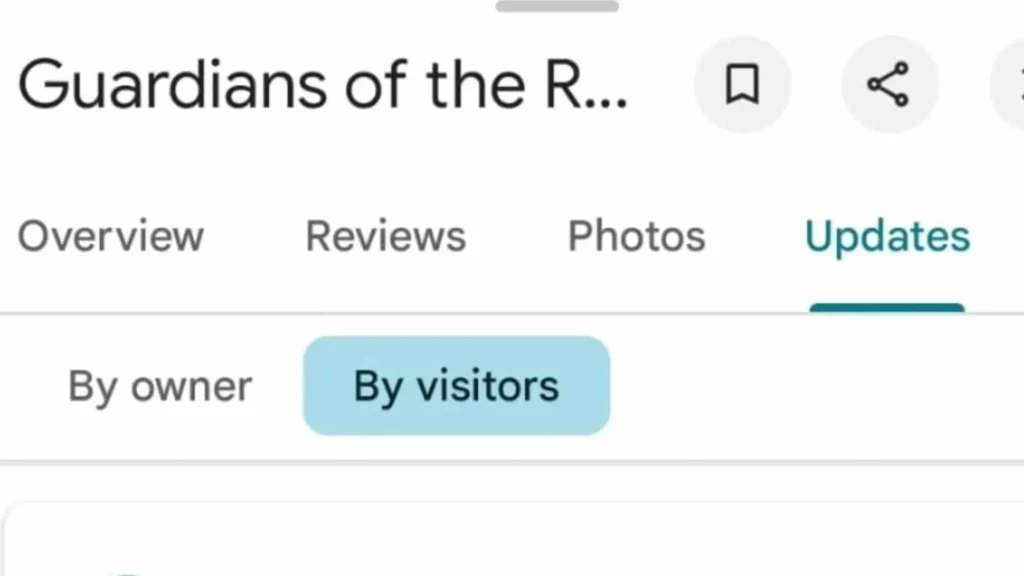
Testing Tools like Search Atlas for Local SEO
We often recommend platforms such as Search Atlas to audit websites, discover keyword opportunities, and track local rankings. (As mentioned, we have an affiliate relationship — but any tool should be thoroughly tested for your unique needs).
For nonprofits, insights might reveal:
- Missed chances to rank for important local searches.
- Backlink opportunities from tourism boards, eco-travel bloggers, or local business directories.
- Technical site issues that quietly lower rankings, like slow load times or missing mobile optimizations.
Even a modest SEO improvement can mean dozens more people finding your reef pages every week, many of whom could become donors, volunteers, or ambassadors.
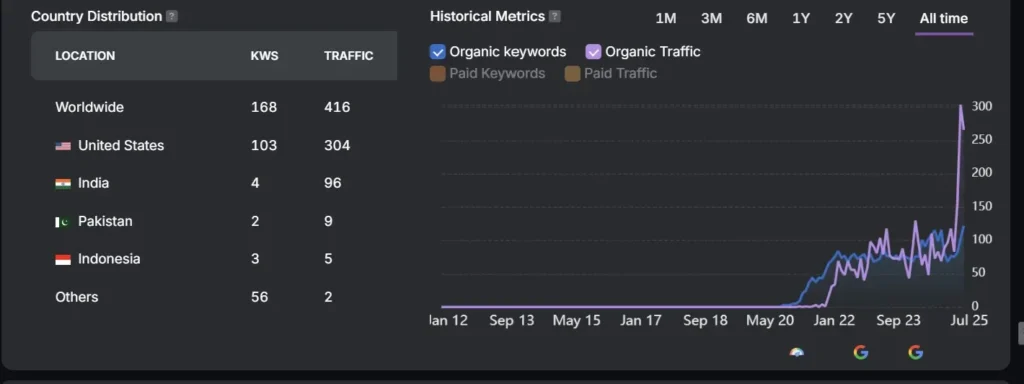
The Often-Overlooked Power of YouTube
YouTube isn’t just for influencers or big brands. Local nonprofits can leverage it to:
- Post underwater walkthroughs of reef installations, giving future visitors a virtual tour.
- Share short educational segments on reef ecology or project goals.
- Spotlight local business partners, dive operators, or volunteers.
These videos don’t just stay on YouTube — they often appear directly in Google search results, outranking traditional web pages. Embedding them on your site also boosts time on page and trust.
Next-Level Partnerships: Cross-Marketing with Local Businesses
Imagine a scenario where:
- A dive shop’s website features a dedicated page on Hollywood’s new reefs, linking back to Ocean Rescue Alliance’s main reef guide.
- Ocean Rescue Alliance in turn lists recommended local operators, building a network of trusted providers.
- Hotels share reef snorkeling packages in email blasts, each linking to detailed reef maps and conservation stories.
This cross-linking doesn’t just improve SEO. It also ties together the local economy around a shared, sustainable asset. Everyone becomes part of the same story — boosting business, protecting the environment, and enhancing Hollywood’s reputation as a responsible destination.
Turning Local Visibility Into Long-Term Stewardship
Hollywood’s new near shore reefs off North Beach Park represent more than underwater sculptures. They’re tangible investments in marine health, economic resilience, and community pride.
For nonprofits like Ocean Rescue Alliance, building local awareness isn’t about flashy ad budgets. It’s about smart, authentic marketing:
- Getting listed on maps.
- Sharing honest stories on social media.
- Optimizing websites to educate and inspire.
- Partnering with local businesses that rely on healthy oceans.
When these pieces come together, they transform a hidden reef site into a celebrated local landmark — one that supports marine life, draws eco-tourists, and unites businesses under a shared cause.
Frequently Asked Questions
Why is it important for nonprofits to claim their Google listing?
Claiming and managing a Google Business Profile allows nonprofits to control how their projects appear in search and on Maps. They can post updates, share images and videos, respond to reviews, and ensure visitors get accurate directions and safety information.
What simple local SEO steps can help boost awareness?
Updating Google listings, earning local backlinks (from tourism sites or chambers of commerce), and publishing consistent, keyword-rich content about the reef or community events all improve visibility. Tools like Search Atlas can identify additional optimization opportunities.
Why is video content so effective for local outreach?
Short videos — whether on YouTube, Instagram, or embedded on a website — quickly build trust and engagement. Underwater tours of reef projects or interviews with volunteers often appear directly in Google search results, driving more visitors to explore or support the project.
How can local businesses use reef restoration in their marketing?
Businesses can feature reef-related content on their websites, partner on volunteer days, or promote eco-tourism packages. Sharing these efforts on social media and in email newsletters builds brand goodwill and connects them with customers who care about local marine health.
How does your consulting business help with projects like this?
We help nonprofits and small businesses develop local marketing strategies around community initiatives. That includes setting up Google profiles, creating high-quality web content, advising on cross-promotions, and using SEO tools to grow organic reach.



